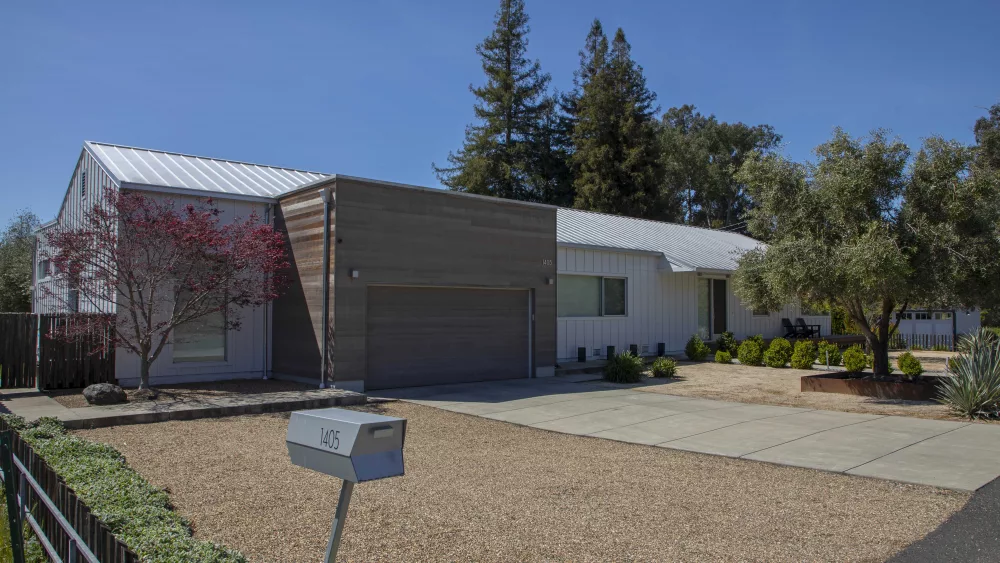Welcome to NorthBay biz magazine’s inaugural Business of Cannabis issue. When I started working for the magazine as a freelance writer eight years ago, I would never have guessed I’d be writing about cannabis within the pages of a business-to-business magazine. But California is a state that always makes a grand entrance, often leading the way in the nation. It was the first state to approve the medical use of cannabis in 1996 through Proposition 215, which was then considered a significant victory for medical marijuana. And the legalization of recreational cannabis through Prop 64 in 2018 underscores the trailblazing ways of our Golden State.
Not all Californians—both residents and those in the industry—are pleased with the regulations set forth before them. Last year, as the state welcomed the recreational market, it brought with it new regulations and challenges to the industry and those who’ve built it. But no matter where you stand on the use of cannabis, this is an emerging industry, and it’s clearly here to stay. Times are changing, and so is the face of cannabis.
Earlier this year, BDS Analytics, a leader in cannabis business intelligence and market share tracking, released its “Top 10 Trends in Cannabis for 2019.” Here are some highlights from their retail sales data and what the company predicts in current trends.
Who’s using weed?
The typical user in marijuana pop culture, is usually centered around a young male smoker and his high-times adventures. But what you may find most surprising is who is using weed these days. If you still associate smoking pot with the twentysomething population, it’s still true today. Those in their 20s are active consumers, but older generations are a growing segment.
According to research by BDS Analytics, Baby Boomers are more likely to consume cannabis for medical reasons, while the younger generation is more inclined to imbibe just for fun. And while older individuals turn to cannabis for medical purposes, they’re also using it to relax and have a good time. In fact, 67 percent of boomers consume for health and medical issues and list aches, pains and other medical problems as their reasons for imbibing. However, nearly 60 percent of the same demographic also point toward “unwinding and having a good time” as reasons for consuming.
Rec and med markets
In markets where both recreational and medical use co-exist, medical dispensaries are on the decline, while adult-use shops are booming. The decline of medical dispensaries has nothing to do with the reasons people consume cannabis. Instead, it has more to do with business models. BDS Analytics predicts that as more and varied products become available, along with an increase in education and further de-stigmatization of cannabis consumption, a larger percentage of consumers will imbibe for both fun and medicinal purposes.
Currently, 64 percent of people in the U.S. already believe that cannabis has medical benefits, and in states that already offer adult-use or medical sales, 88 percent endorse cannabis for medical purposes. Medical markets continue to thrive in the absence of adult-use markets. For example, Arizona’s medical market expanded from $22 million in January 2017 to $56 million in May 2018.
Social consumption
BDS Analytics also anticipates the emergence of legal cannabis social clubs in 2019. In its survey, it showed that 71 percent of cannabis consumers say they engage with the plant for social and/or recreational purposes, and 41 percent savor cannabis for date nights and daytime fun.
Research also indicates that a large population of cannabis users are looking for opportunities to imbibe in venues allocated for legal public consumption. Cities such as San Francisco, Las Vegas, Denver and Boulder, Colo. are expected by the research firm to foster cannabis experiences. Meanwhile, Wine Country is already taking the lead. (See “Wine & Weed” on page 36.)
Cannabis-infused beverages
Raise your glass to sippable cannabis! With the increase of the cannabis beverage market, there’s a range of options—kombucha, tea bags, packaged shots of coffee and sparkling-infused drinks. (See “Sparkling H-Fi Hops” on page 20.)
There’s cannabis beer, too, though pot-infused drinks such as ales and Chardonnays, are alcohol-free. By 2022, the U.S. edibles market is projected to reach $3.4 billion with cannabis beverage sales expanding roughly 10-fold to $374 million.
Back to business
So my oh my, how times change. Cannabis is an emerging industry and a new frontier for the North Bay business community. What’s ahead for this industry in the decade ahead? Only time will tell.
This issue of NorthBay biz—The Business of Cannabis—is a first in the history of the magazine. As this industry continues to evolve and grow, the editorial team and staff at NorthBay biz is committed to providing our readers with editorial content that will provide the latest news, information, insights and trends in this emerging industry.




